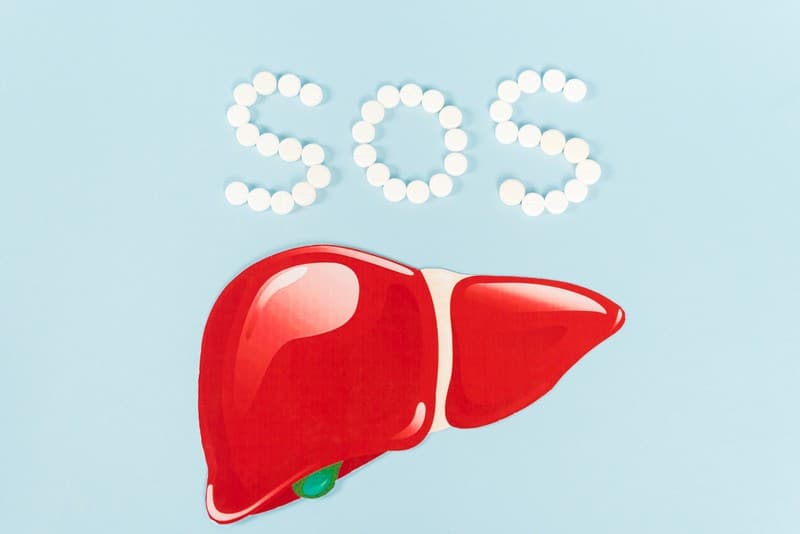Liver Disease

When liver disease causes a low anion gap, it is usually due to a build-up of toxins in the body that alters electrolyte levels. These toxins can come from medications, alcohol abuse, or certain medical conditions. When these toxins accumulate in the blood, they can cause an imbalance of cations and anions. This imbalance can lead to low anion gap metabolic acidosis.
One of the liver’s primary functions is to regulate electrolyte levels in the body. Unfortunately, when someone has cirrhosis, their liver cannot function correctly. This means that it is not able to regulate electrolyte levels as effectively as it should be able to. As a result, electrolyte levels can become imbalanced, leading to several health issues, including a low anion gap.
The treatment for a low anion gap metabolic acidosis caused by cirrhosis focuses on replenishing electrolytes and managing fluid levels. Electrolyte replacement can be done through IV fluids or oral supplements. Doctors typically recommend limiting the intake of foods high in sodium and drinking plenty of fluids to stay hydrated. For cirrhotic patients, it’s also essential to avoid alcohol as it can further damage the liver.










